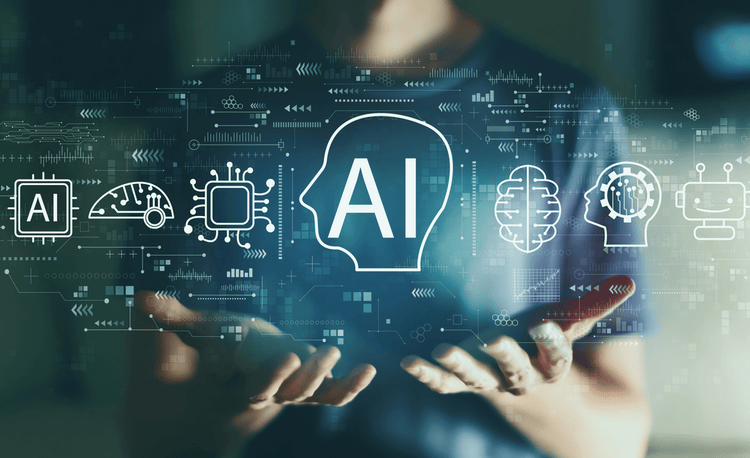The Birth of the Automobile
Table of Contents
ToggleThe late 19th century marked the birth of the automobile, with pioneers like Karl Benz and Henry Ford leading the way. Benz’s Motorwagen, introduced in 1885, is widely regarded as the first true automobile. This era saw the shift from horse-drawn carriages to motorized vehicles, revolutionizing transportation and paving the way for mass production techniques, such as Ford’s assembly line in 1913.
The Golden Age of Automobiles
The mid-20th century, often referred to as the golden age of automobiles, witnessed significant advancements in automotive design, performance, and accessibility. This period saw the introduction of iconic models like the Ford Mustang, Chevrolet Corvette, and Volkswagen Beetle. The post-World War II economic boom fueled car ownership and the expansion of highways, solidifying the automobile’s role in everyday life.
The Rise of Technology
The late 20th and early 21st centuries brought a wave of technological innovations that transformed the automotive industry. Electronic fuel injection systems, anti-lock braking systems (ABS), and advanced safety features became standard. The development of computer-aided design (CAD) and manufacturing (CAM) techniques improved precision and efficiency in car production. Additionally, the integration of GPS navigation systems and infotainment technology enhanced the driving experience.
Environmental Concerns and Green Technology
Environmental concerns and the need for sustainable transportation solutions have driven the development of green technology in the automotive industry. The introduction of hybrid vehicles, such as the Toyota Prius, marked a significant step towards reducing carbon emissions. The growing popularity of electric vehicles (EVs), led by companies like Tesla, has further accelerated the shift towards sustainable mobility. Innovations in battery technology, renewable energy integration, and charging infrastructure are critical components of this green revolution.
Autonomous Vehicles and the Future
The concept of autonomous vehicles (AVs) has moved from science fiction to reality, with major automakers and tech companies investing heavily in self-driving technology. AVs promise to revolutionize transportation by improving safety, reducing traffic congestion, and enhancing mobility for all. Companies like Waymo, Uber, and traditional car manufacturers are testing and refining autonomous systems, bringing us closer to a future where cars drive themselves.
The Impact of Connectivity
Connectivity is another transformative force in the automotive industry. The advent of the Internet of Things (IoT) has enabled vehicles to communicate with each other and with infrastructure, enhancing safety and efficiency. Connected cars offer features like real-time traffic updates, remote diagnostics, and over-the-air software updates. This connectivity extends to the integration of smartphones and wearable devices, creating a seamless digital ecosystem for drivers and passengers.
The Role of Design and Aesthetics
Automotive design and aesthetics continue to play a crucial role in the industry’s evolution. Car designers blend functionality with style, creating vehicles that are not only efficient but also visually appealing. Concepts like aerodynamics, lightweight materials, and ergonomic interiors are integral to modern car design. Iconic design elements, such as the sleek lines of a Ferrari or the rugged look of a Jeep, contribute to a brand’s identity and appeal.
Globalization and Market Trends
Globalization has significantly impacted the automotive industry, leading to a diverse and competitive market. Automakers now operate on a global scale, with production facilities and markets spanning multiple continents. Emerging markets in Asia, particularly China and India, have become major players in the industry. Trends like ride-sharing, car subscription services, and the rise of electric scooters and bikes are reshaping urban mobility and consumer preferences.
Challenges and Opportunities
The automotive industry faces numerous challenges, including regulatory pressures, supply chain disruptions, and evolving consumer demands. However, these challenges also present opportunities for innovation and growth. The push for sustainability, advancements in technology, and changing mobility patterns are driving the industry towards a future that is more connected, autonomous, and eco-friendly.
Conclusion
Automotive avenues have come a long way since the invention of the first automobile, with each era bringing new innovations and challenges. The industry’s evolution is a testament to human creativity and the drive to push the boundaries of what is possible. As we look to the future, the convergence of technology, sustainability, and connectivity promises to shape the next chapter in the fascinating journey of the automotive world.











